Ruhnu (Swedish: Runö; Latvian: Roņu sala; Livonian: Rūnõmō) is an Estonian island in the Gulf of Riga in the Baltic Sea. Its territory of 11.9 square kilometres (4.6 sq mi) is administratively part of Saare maakond (county). Ruhnu lies geographically closer to the coast of Courland on the mainland of Latvia than it is to any point in rest of Estonia. With less than 150 official residents, the Ruhnu vald (parish) has the smallest population of Estonia's 79 municipalities. Before 1944, it was for centuries populated by ethnic Swedes and traditional Swedish law was used.
![]() Bishopric of Courland at least 1341–1560
Bishopric of Courland at least 1341–1560![]() Danish-controlled Bishopric 1560–1562
Danish-controlled Bishopric 1560–1562![]() Duchy of Courland and Semigallia 1562–1621
Duchy of Courland and Semigallia 1562–1621![]() Kingdom of Sweden 1621–1708
Kingdom of Sweden 1621–1708![]() Russian Empire 1708–1915
Russian Empire 1708–1915![]() German occupation 1915–1918
German occupation 1915–1918
Unclear 1918–1919![]() Republic of Estonia 1919–1940
Republic of Estonia 1919–1940![]() Soviet occupation 1940–1941
Soviet occupation 1940–1941![]() German occupation 1941–1944
German occupation 1941–1944![]() Republic of Estonia 1944
Republic of Estonia 1944![]() Soviet occupation 1944–1991
Soviet occupation 1944–1991![]() Republic of Estonia 1991–present
Republic of Estonia 1991–present
 Women in folk costume (1937)
Women in folk costume (1937) Map of Ruhnu by Ludwig August von Mellin, Atlas of Livonia (1798)
Map of Ruhnu by Ludwig August von Mellin, Atlas of Livonia (1798)The first archaeological artifacts of human activity in Ruhnu, assumed to be related to seasonal seal hunting, date back to around 5000 BC. The time of arrival of the first ancient Scandinavians in Ruhnu and the beginning of a permanent Swedish-speaking settlement is not known. It probably did not precede the Northern Crusades at the beginning of the 13th century, when the indigenous peoples of all the lands surrounding the Gulf of Riga were converted to Christianity and subjugated to the Teutonic Order. The first documented record of the island of Ruhnu, and of its Swedish population, is a 1341 letter sent by the Bishop of Courland which confirmed the islanders' right to reside and manage their property in accordance with Swedish law.
Ruhnu was controlled by the Kingdom of Sweden (1621–1708, formally until 1721) and after that by the Russian Empire until World War I, when it was occupied by Imperial German armed forces (1915–1918).
Under the tsarist Russian rule in the 18th–19th century the island had de facto independence in most affairs, though designated as crown land. The island's Lutheran clergyman served as gutsverwalter (estate custodian) in matters of state. In the middle of the 19th century, a majority of the islanders sought to leave Lutheranism and join the Russian Orthodox Church, and formal steps in this direction took place in 1866 with papers exchanged with the Orthodox dean of Saaremaa in anticipation of Orthodox chrismation. But the planned conversion did not proceed.[1]
After World War I, despite some local initiatives to rejoin Sweden, and territorial claims by Latvia, the islanders agreed to become part of newly independent Estonia in 1919 (possibly due to the existence of a Swedish minority in Estonia).[2] According to a census taken in 1934, Ruhnu had a population of 282: 277 ethnic Swedes and 5 ethnic Estonians.
During World War II, Ruhnu, along with the rest of Estonia, was first occupied by Soviet Union (1940–1941) and then Nazi Germany (1941–1944). In November 1943, the first group of about 75 islanders relocated to Sweden. In August 1944, shortly before the Red Army of the Soviet Union reoccupied Estonia, the remaining population of the island, except for two families, fled by ship to Sweden. The islanders in Sweden established an association, Runöbornas förening, to preserve the history and culture of Ruhnu's original population.[3]
During the period of Soviet occupation after 1944, the island was repopulated by Estonian civilians and also hosted a unit of the Soviet Air Defence Forces.[4] The property of the former islanders was declared property of the state and a collective farm was established. In 1965 the first Ruhnu-Kihnu Games were held, this cultural and sports festival attracting attention throughout Estonia. Following a severe storm in 1969 and the closure of the local fishery collective in 1970, the population declined from 222 to only 58.[5]








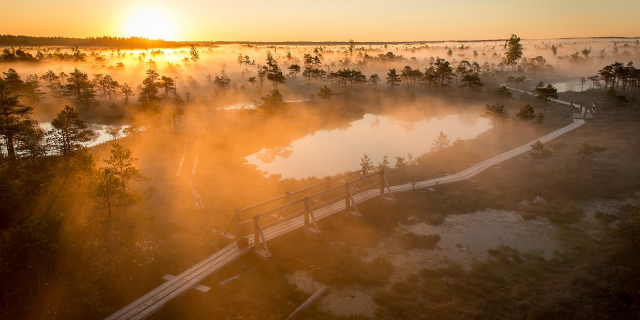


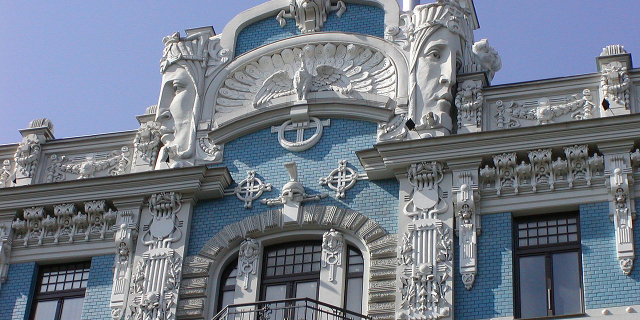



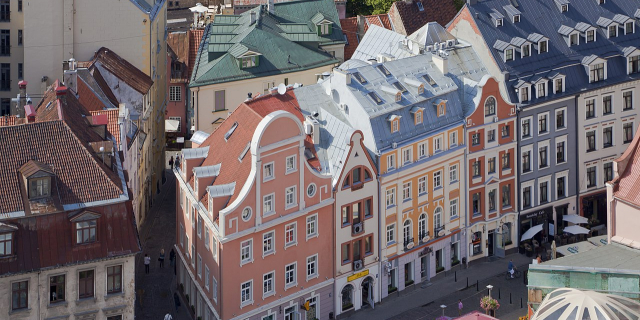

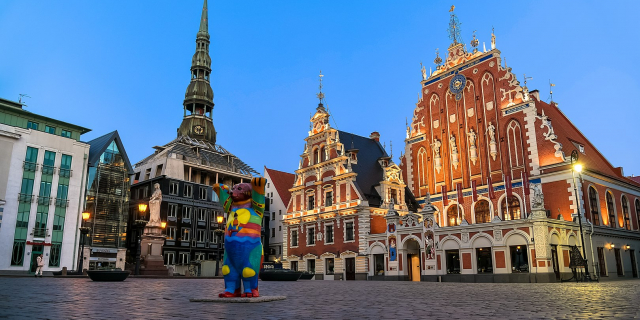


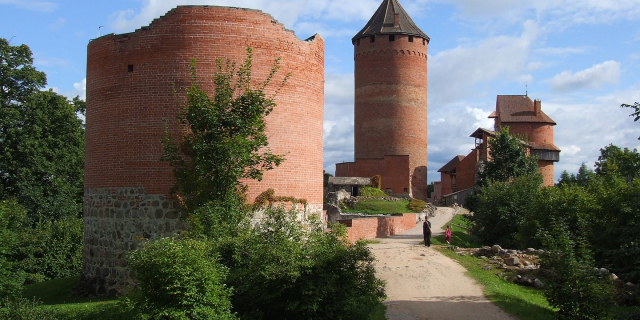
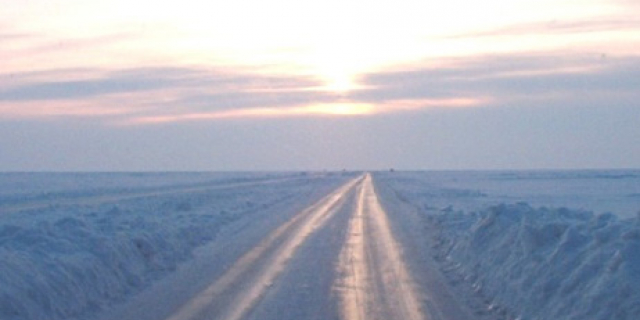




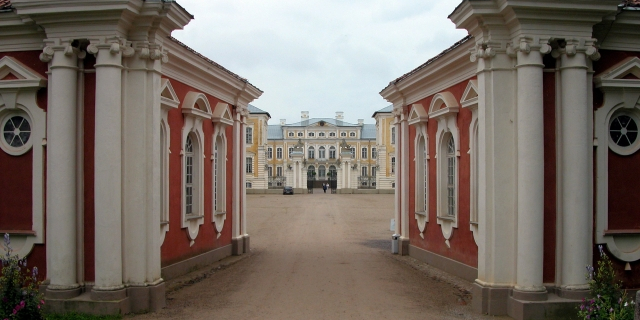

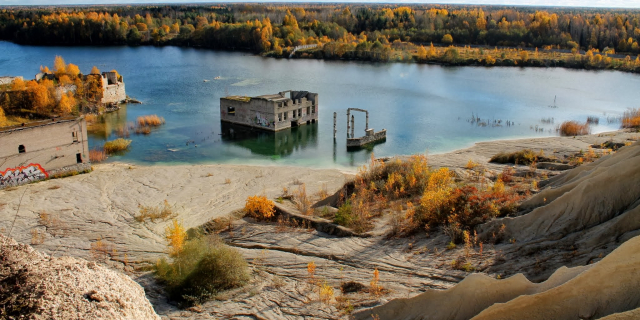


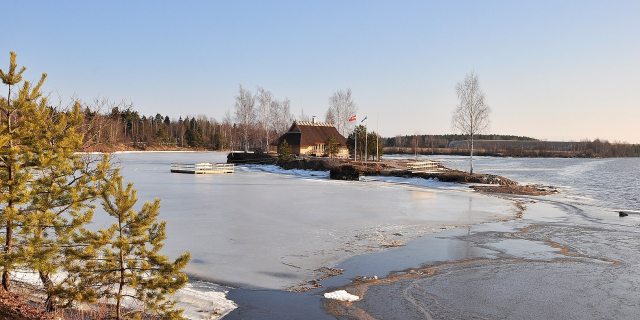



Add new comment